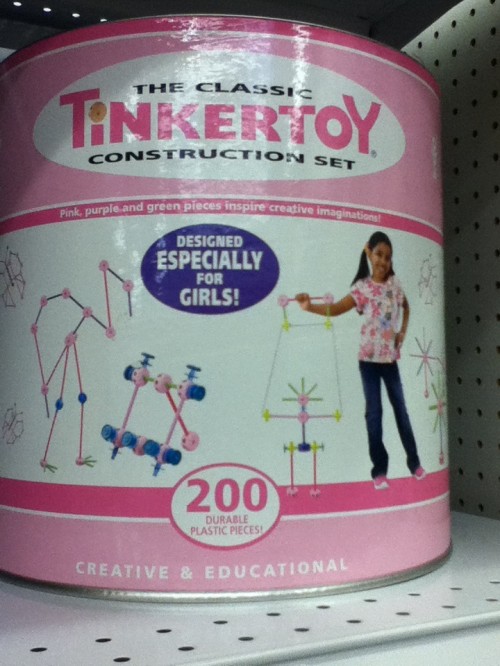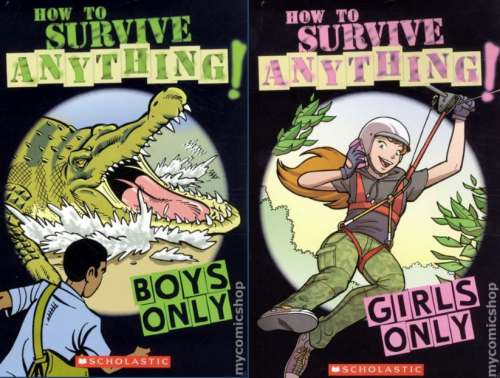Thanks to YetAnotherGirl and Kari B., we can now feast our eyes on this ad from Unik (“unique”) Wax Center. It’s a promotion offering 50% off hair waxing for girls “15 and younger.” The Consumerist reports that all procedures are fair game, including bikini waxes.
The usual concerns regarding the sexualization of young girls apply here. Why do girls this young need to be concerned about how they look in bikinis?
Perhaps more interesting is the frame for why such a girl might want to undergo waxing. According to the 4th of July-themed ad, it’s to “celebrate freedom and independence.” Implicitly, hers. So, to follow the logic to its endpoint, a girl of 15 or younger can’t feel free unless she’s hairless.
The company, responding to criticism, gave arguments along these lines. They framed waxing as a “regular activity” and a “process in life” that “goes along with our country.” Moms are coming in to get waxed (as all women do), explained the corporate offices, they’re dragging their tweens along with them (obviously), and the girls “have questions” and “get bored,” so the next step is to initiate them into the ritual.
So, the whole process is “natural,” as the ad copy specifies. It is just an inevitable step in a supposedly universal way of (female) life. And one that liberates women from… um, I don’t know what… embarrassment, I guess.
The ad is reminiscent of many similar campaigns aimed at adult women, ones that frame consumption of clothes, make-up, jewelry, and cosmetic procedures as expression of freedoms. In this way, it’s a capitalist appropriation of feminism/liberation ideology. It’s also a naturalization of what is, in reality, a lifetime of compulsory, expensive, and sometimes harmful beauty practices.
Lisa Wade, PhD is an Associate Professor at Tulane University. She is the author of American Hookup, a book about college sexual culture; a textbook about gender; and a forthcoming introductory text: Terrible Magnificent Sociology. You can follow her on Twitter and Instagram.





















